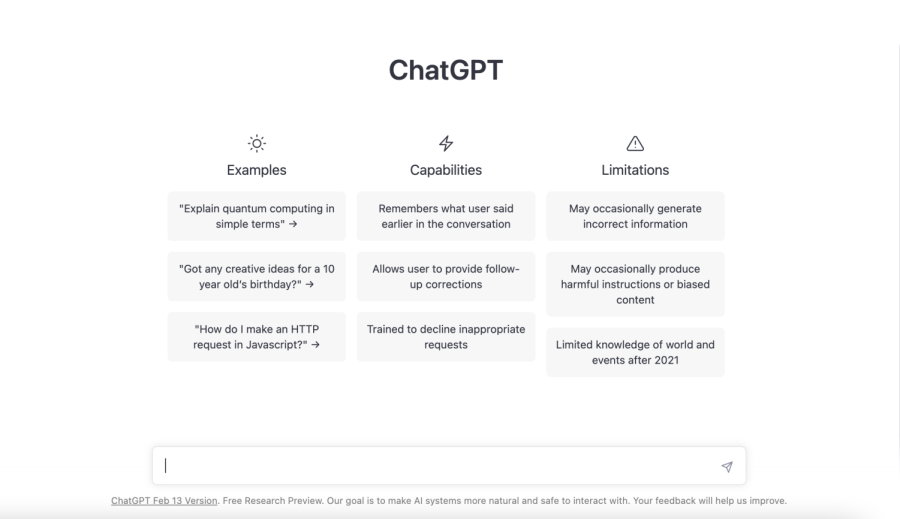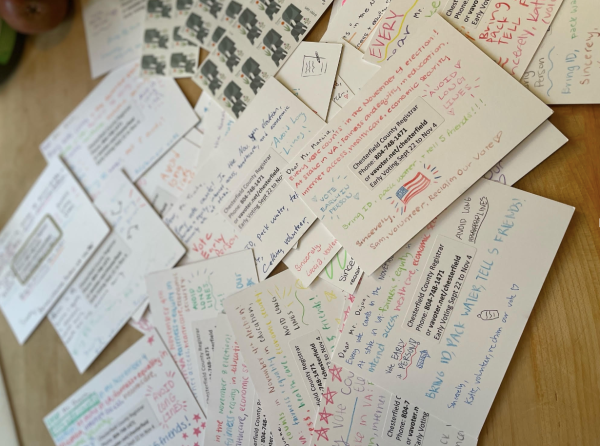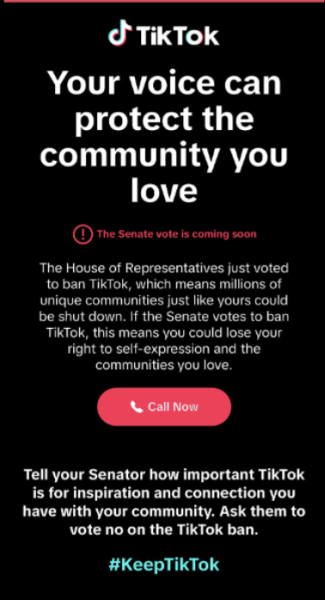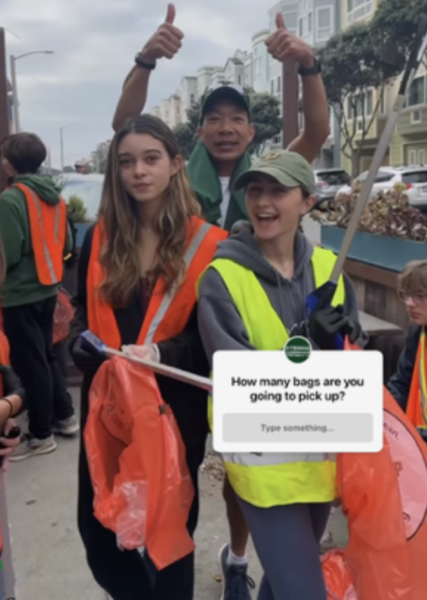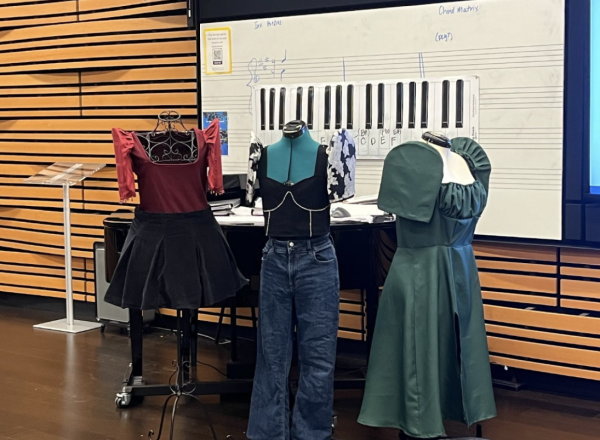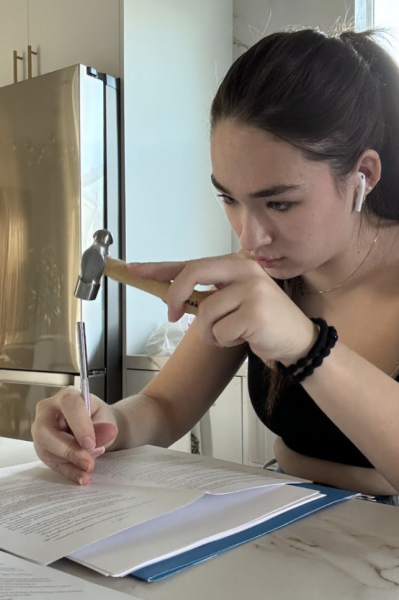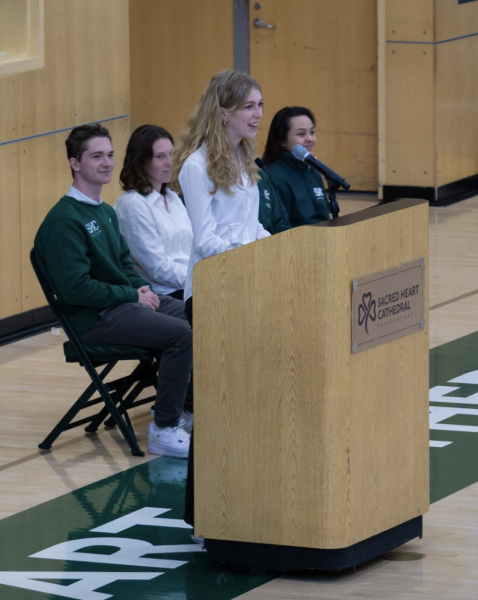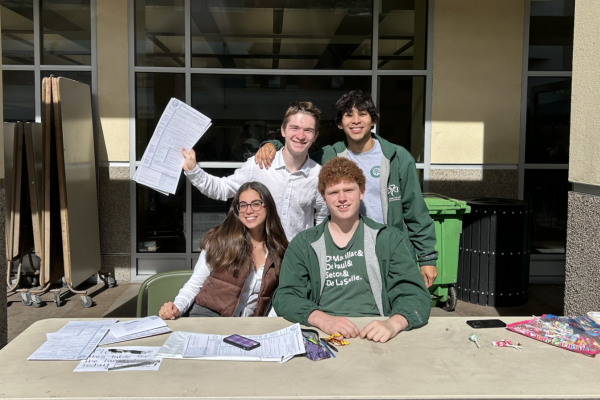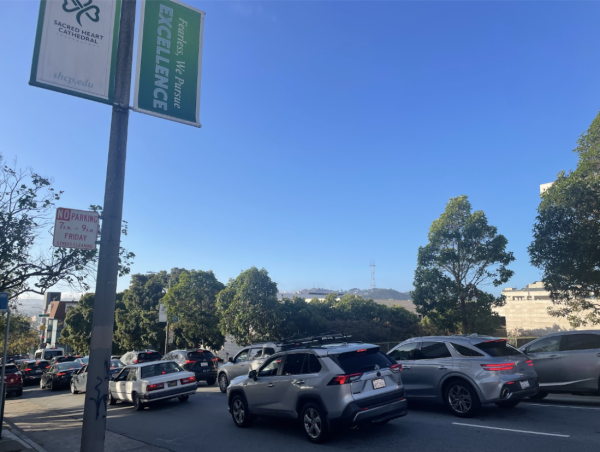Artificial Intelligence in Education
ChatGPT’s current home page. Anyone with an internet connection can use the ChatGPT program for free.
Oh, the infamous Artificial Intelligence. Recently realized in the form of ChatGPT, AI is some teachers’ worst nightmare and some students’ Holy Grail — a new form of technology that is both astonishing in its capabilities and frightening in its emerging prevalence and accessibility.
In simple terms, AI is the capacity of a digital computer to carry out tasks often performed by intelligent beings. Christopher Strachey, who later served as the director of the Programming Research Group at the University of Oxford, created the first effective AI software in 1951. Developed much later than AI, on November 30, ChatGPT is part of a new breed of AI systems that can talk, generate understandable text on demand, and even develop creative visuals and video.
When specifically applied to education and use in the classrooms, AI’s existence and guidelines of usage become very controversial. Unlike former versions of AI such as OpenAI’s GPT-3, launched in 2020, anyone with an internet connection can use the ChatGPT program for free. For many teachers, AI and ChatGPT symbolize the uncontrollable downfall of academic integrity amongst students, while others see this technological innovation as a step into the future that we must embrace as a learning tool rather than work against. Regardless of your stance on AI, emerging artificial intelligence is here, and there seems to be no clear or correct path on how to approach implementing limitations in education across the nation.
After a brief one-week blocking of ChatGPT, SHC made the decision to open AI/ChatGPT on devices using school wifi for students. While there are many possible drawbacks that come with using ChatGPT (it often fails at basic math and basic logic questions, provides false or nonexistent information, and is capable of causing real-world damage)–many claim that there are positives to AI/ChatGPT integration in education. The main argument for embracing AI in education, rather than restricting and ignoring, it is that today’s youth are working and will work in technically-advanced fields, therefore AI exposure and its implementation as a tool is beneficial as they are introduced into the working world. Similarly, some educators argue that in terms of cheating and plagiarism, if the assignments can be directly cheated through AI we may need to rethink the structure and strength of the school curriculum.
SHC’s Director of Drama, Mr. Spenser Morris, recently experimented with his drama course to test if ChatGPT could create a script that his students could actually produce. As Mr. Morris explains, “An example prompt would be, ‘write a 1-page mystery script with 3 characters who have an equal number of lines.’ To our surprise, not only did it follow the parameters, but it also created stage directions (where the actors go on stage) and the emotions the actor should portray on certain lines. […] The scripts were pretty ‘bare bones,’ almost like a skeleton of a scene. This left a lot of creative choices for our student directors in order to make the scenes [come] to life.”
As an educator, Mr. Morris shares his opinion on AI/ChatGPT: “ChatGPT was a great tool to get us inspired. It created content quickly that we were able to use as a learning tool throughout the unit. We as a class think this sort of technology cannot replace art just yet. While the scripts contained a lot to jump from, the ideas generated were all ideas we have seen before. The scripts were somewhat predictable and didn’t push art, storylines, or the dramatic arts in a direction of something ‘new’.”
Clearly, ChatGPT has its pros and cons. But what do students think of it? The Emerald surveyed SHC students on their opinions on AI and ChatGPT as a part of the generation in which its usage is most prevalent. Here is what they had to say:
William Holland ‘23: “Neutral – I believe that AI resources and their ease of use encourage students to cheat on assignments and act without integrity. However, this is made possible because education has remained virtually unchanged for decades. The reason AI is so threatening to schools, and universities in particular, is because their curriculum is so formulaic that a computer algorithm was able to learn and respond to it. Ideally, a school would be able to present original assignments requiring a degree of creativity and critical thought, something services like ChatGPT cannot yet emulate effectively.”
Bill Smith ‘25: “I think that AI is an interesting but dangerous tool. The ChatGPT AI, for example, is very good at sounding like a human, but it is not always accurate and can make big mistakes. While ChatGPT can be tricked into citing its sources, it will provide sources that look accurate but are not real. I think that AI bots such as ChatGPT might make it harder for students to actually learn because if they rely on the bot all the time, they will never develop their own skills. That said, I think that the idea of banning ChatGPT on the school network is something of a futile endeavor as there are a million ways to get around it. I think that we might just have to wait and see how this plays out. Despite how advanced the AI already is, I think it will take more time to figure out how to use it as a productive tool.”
Daniel Tabaloc ‘24: “I think AI is neutral itself, and all its pros and cons come from human innovations and queries. For example, you could say a con of AI is students could have it write essays for them. But that’s not the AI’s fault, it’s the fault of the student who decided to cheat. You could say a pro of AI is it can help solve complex problems. But only if a person prompts it or teaches it to. So many people are calling it unethical and a ‘cheating device’ but if a student wants to cheat, they’ll cheat, AI or not. Trust me, if they have the intention to, they’ll find a way regardless.”
Rin Cayanan ‘25: “I believe that AI is not a good tool for students to use in school. In the end, it is not the student thinking, just the AI. This will sabotage students in the end.”
With this technological capability of artificial intelligence and prominent accessibility, this newfound tool is extremely nuanced and for many is neither positive nor negative. Just as stated by William Holland ‘23, “AI can overcome human error in many contexts, such as hazardous waste plants, but this runs the risk of humans becoming too dependent on AI. Technology can and does fail, and if humans lose too much autonomy and control to AI, such a collapse will be far more devastating than any blackout or equipment failure.” With some states and school districts blocking ChatGPT, some unsure of what to do, and some keeping the software unblocked, there is no doubt that the conversation of AI will continue to stir up controversy among educators, students, parents, and the general population. However, for now, SHC continues to take a “double-pronged approach” looking at AI’s appropriate uses and its misuses, over time, determining the best course of action for the school as a whole.
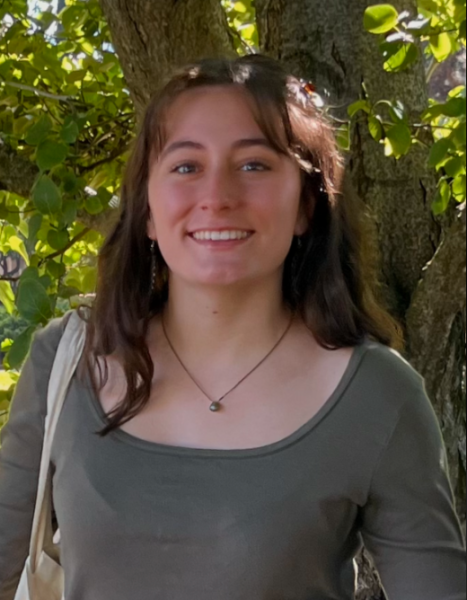
After three years of writing and editing for the Emerald, Isabella (Isa) serves as the Managing Editor in her final year. She loves to read, write,...

